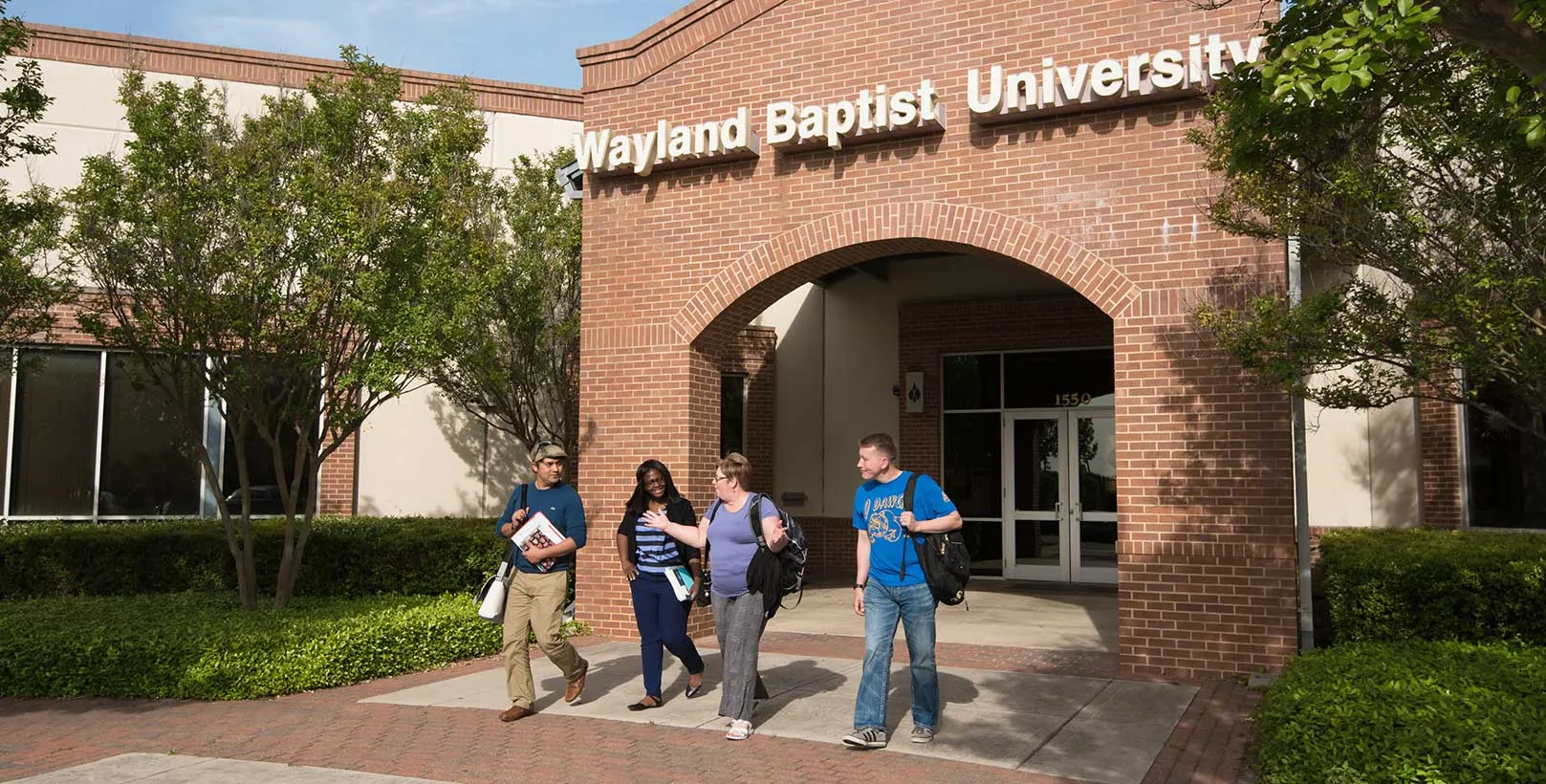America is a scorching destination for study abroad, and without a doubt, it’s one of the best places in the world to be. The US is one of the most influential plus prominent countries where hundreds and thousands of dreams come true every day. And you want to be one among them, so we just know it, and we also know how to do it. If you are earnestly striving to pursue your masters in the US, here’s how you can approach things. We believe that the right education makes wonders happen, and this is where you can expect them to occur for sure. After reading this blog, you will certainly feel more confident with decisions (just like the other 900,000 international students who took off to the US already) and more convinced about everything that will get you close to your goals.
First things first, being such a big country, America provides all the opportunities to students worldwide to evolve as skilled professionals post-graduation. Overall we have a lot to educate you about 4,300 higher education providers in the US that will help you make just perfect decisions. Without further ado, let’s dive into the topic.
How is the Master’s in the US in 2021?
As mentioned earlier, there are approximately around 4,300 higher education providers in the US, of which only 1,700 provide Master’s degrees. The chances are still high if you see these numbers, and that’s good news. First off, there are a few positives that you can consider to understand why America for your master’s.
- The US clearly does have most of the world’s leading universities. For instance, Times Higher Education’s league listed its top 50 institutes, and guess what, 24 of them are from the US.
- A rich multi-culture environment is always an added advantage because you can interact with people from different countries and cultures, get to know them, and expand your network.
- When it comes to the fees, expenses, and maintenance, don’t expect it to be cheap, but that doesn’t mean you can’t do anything about it. If you are super talented, you can get massive scholarships and funding programs.

A few key things to know about education in the US
To be very honest, other countries plan their education models on watching the US, but still, they have their unique points that really hook the students no matter what.
The word postgraduate doesn’t exist in US education, by the way…
Yeah, that’s true; the education institutes in the US don’t use the word Postgraduate. Instead, they call graduate. Even if you hear someone saying it, it would certainly refer to someone who finished their graduate-level training till Ph.D. level. So, this piece of information will help you not get confused further in your application or admission process. You can thank us later on this, though.
What is the duration of a Master’s degree in the US?
Typically it’s two years full-time, and some courses are even shorter than a two-year duration. And this usually is longer than the other countries like the UK. But think about it this way, the longer the program, the greater the exposure, the greater the skills acquired, and the more significant the additional development opportunities. So, being an international student, it would benefit you to build your professional connections, learn about different cultures and understand the work culture in the US. And apart from the education you can explore more places in the US, and make friends.
In several ways, higher education in the US is more significant than in other countries as you would be learning at a more advanced level and in a very independent way, especially the master’s degree.
How is the master’s degree in the US evaluated?
Notably, in the US, the degrees are grouped into modules like some are made mandatory, and a few others are more like elective. And coming to the final grade, it will be given based on the grades you achieve throughout these modules, and it would include your dissertation project or internship if any. It is mainly similar to how it’s in the other countries. The continuous assessment, Grade Point Average GPA in the US, are something that helps them stand out from the crowd. Here you’ll be regularly evaluated and given feedback on your performance. And these assessment practices may vary from course to course and subject to subject. Well, certain programs also mark your grades, considering your performance in the group sessions.

What is the Average Grade Point in the US?
To evaluate a student’s academic achievements in the Masters and graduate programs in the US, they would use the GPA system. We are pretty sure that you are familiar with GPA, but you can know it here if you don’t. In simple words, the GPA stands for Grade Point Average, which means it is the weighted average of all your grades that you received or worked hard to achieve in a course. Look below for the US grading system.
| Percentage | Grade | GPA | ||
| 90 – 100 | A | 4 | ||
| 80 – 89 | B | 3 | ||
| 70 – 79 | C | 2 | ||
| 60 – 69 | D | 1 | ||
| 0 – 59 | F | 0 |
It is very important to note here that if you are receiving any funding for your degree, it is paramount to maintain a solid GPA for sure otherwise, it would become difficult in terms of your financial support. And especially if you are an international student, it’s super, super important to keep those grades up to avoid any additional stress to your normal-going life.
Funding for Master’s degree in the US
We know how much you are eagerly waiting or searching for this particular section in the blog. Yeah, coming starlight to the point the tuition fee in a public university in the US is somewhere around $20,000-35,000 per year for international students. And this could seem not so normal or cheap to most international students, and that’s where the fundings, scholarships, and CPT programs come in. Few students also receive fundings from other organizations or directly from their respective universities. You find more information about the CPT in the US here.
How to apply for a Master’s in the US?
Note, the application process for a Master’s in the US can be exhaustive. There are a few specific reasons like the universities want the students to land up in perfect programs and excel there. So that’s the reason why they would push you to go through such a lengthy application process. They don’t imply that it is impossible to get admission in the US; no, it’s not. If you get the right counselor and consultancy, it could be a fun process too.
Choose your niche, pick good colleges, check for eligibility, apply, wait for a positive response and apply for the visa. It is always easier said than done but trust us, it could be easy just when you find the right assistance.
When can you apply for?
This is also one among those frequently asked questions. Our advice is to start as early as in, before the end of your undergraduate. And make sure you apply by the end of March. Getting late is something that you don’t want to do here.
Now, how to apply for a Master’s degree in the US?
Okay, now comes the question of applying for a Master’s degree in the US and the answer is simple. You need to apply directly for a Master’s degree in your respective institution (where you want to pursue your graduation in). And you apply to as many courses as you wish. You need to keep a few things in mind that institutions in the US ask for supplementary material and your application, which will cost you a certain amount of money. So, in that case, you really want to stick to a small list of institutions to apply to instead of going a little too overbroad.

What are the requirements to do a Master’s degree in the US?
You’ll need an appropriate undergraduate degree for sure, full academic transcripts, academic references, and also personal statements. The academic transcript will primarily include a summary of your undergraduate degree, things like the modules you studied, and performance in individual assignments.
Some institutes also ask for a specific research statement, but this is most likely to happen if you are opting for a graduate program along with an opportunity to continue to Ph.D. The minimum marks required may differ from university to university, and your result needs to convert into GPA but typically 2.1 or its equivalent. Lastly, if English is not your first language, you must give a language test and attain a good score.
American institutes usually accept language tests like the TOEFL – Test of English as a Foreign Language and the IELTS – International English Language Testing System. We have recently published a blog on the top 10 books to crack IELTS with an outstanding score.
Let’s also look at some of the major Graduate Admission Tests in the US. This is kind of mandatory if you are planning a master’s with the US higher education system. These exams enable the universities to assess your general skills like abstract reasoning, problem-solving and critical thinking.
Graduate Management Admission Test (GMAT)
The test is basically correlated to admissions for MBA degrees in graduate business schools and institutes. A candidate’s specific skill sets like quantitative and verbal reasoning and analytical writing are thoroughly put to the test.
Graduate Record Examination (GRE)
This test is not specific to any set or particular field (in certain instances, it is subject-specific). Your skills like analytical writing, quantitative and verbal reasoning are so prominently tested.
What Visa will you need to study in the US?
If you are looking for a study Visa in the US, the US Department of State permits international students with two different visas, namely F1 and M-1.
First, the F1 visa is primarily given to the students with full-time programs and lasts until your course duration.
The second, the M-1 visa. It is more for students who show interest in the non-academic and vocational courses.
Do reach out to an overseas education expert to get your visa at the right time, and you can even talk to us. We’ll be very happy to assist and help you.
What is the career scope after pursuing a Master’s in the US?
It’s pretty easy to guess the answer; almost all of us are familiar with America and life in America. If you work hard, acquire all the industry skills, you’ll be well-placed and future secured anywhere you go globally. Regardless of what you study in a country as diverse and advanced (socially, culturally, and geographically), America will always benefit you and your career in so many ways. And your time in the states will give a better idea of how the international market is changing and impacting millions of lives and thousands of innovations. And especially when you have prior work experience (even for a brief period) in the country, it remarkably strengthens your resume. With programs like CPT/OPT, you’ll be able to build an excellent professional network and enhance your professional communication. Additionally, you can earn that extra penny to support your expenses and savings.
Indeed America and your idea of doing your master’s degree in America are both fantastic, no doubt about it. We can give more than these reasons, and walking down this road; you’ll also get various good reasons to pursue your education in the US. So, are you excited to study in the US? We can help you navigate the challenges at every step until you get close to your dreams. We believe in educating, and we strongly believe in the right education. Get in touch with our experts, and we’ll be happy to address all your questions. Lastly, we publish content in and around study abroad, and we are so glad to give answers from simple to complex questions.
Here are People Also Ask (PAA) :
1. What are the general admission requirements for a master’s program in the USA?
Admission requirements typically include a bachelor’s degree from an accredited institution, standardized test scores (such as the GRE or GMAT), letters of recommendation, a statement of purpose, and proof of English language proficiency (e.g., TOEFL or IELTS scores). Specific requirements may vary by program and university.
2. How much does it cost to pursue a master’s degree in the USA?
Tuition fees for master’s programs in the USA can range from $10,000 to over $60,000 per year, depending on the university and program. This estimate excludes living expenses, which can vary based on location and lifestyle.
3. What funding options are available for international students pursuing a master’s in the USA?
International students may explore merit-based scholarships, need-based financial aid, assistantships, and private loans to fund their studies. It’s essential to research each university’s offerings and external funding sources to identify suitable opportunities.
4. What is the typical duration of a master’s program in the USA?
Master’s programs in the USA generally take two years of full-time study to complete. However, the duration can vary depending on the field of study, program structure, and whether the student is enrolled part-time or full-time.
5. What are the visa requirements for international students pursuing a master’s degree in the USA?
International students must obtain an F-1 student visa to study in the USA. This process involves securing admission to a SEVP-approved institution, receiving a Form I-20, paying the SEVIS fee, and attending a visa interview at a U.S. embassy or consulate.
For a comprehensive guide on studying for a master’s in the USA, visit University Hub.




